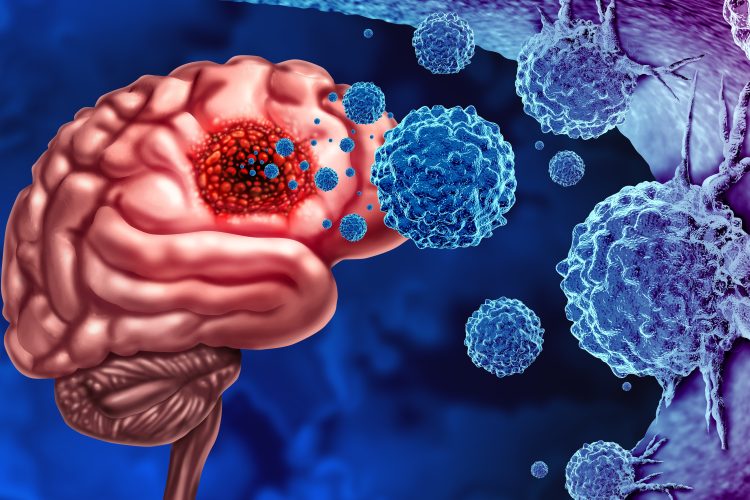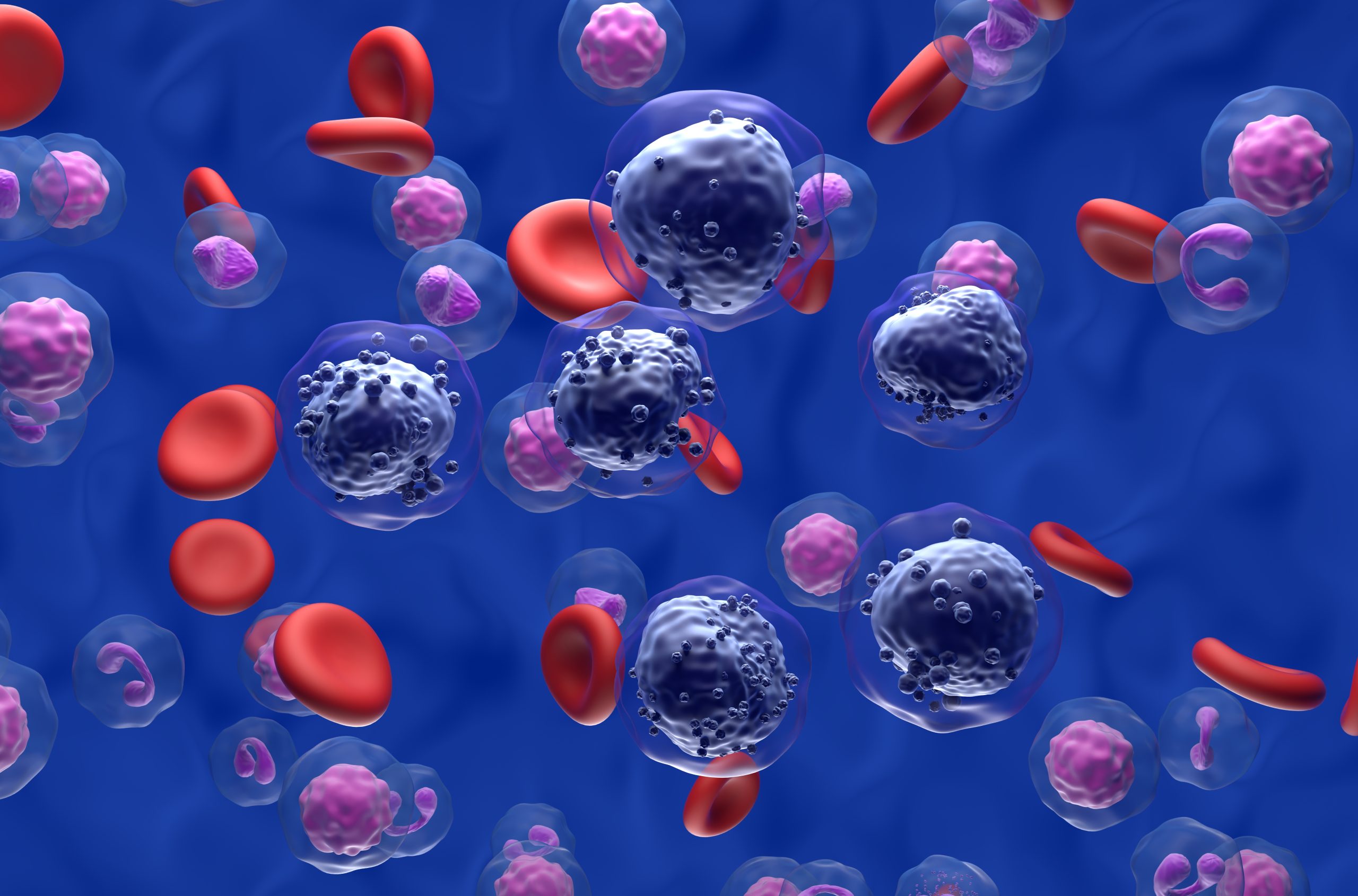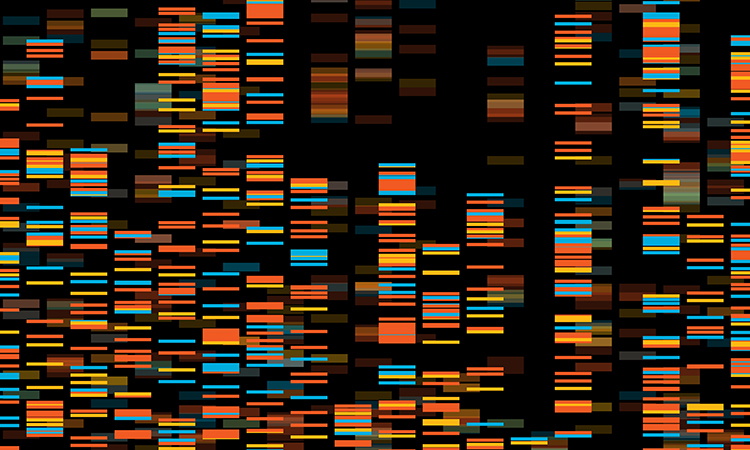‘Delete-to-recruit’: new gene-editing method targets sickle cell
Researchers have developed a novel gene therapy approach that reactivates dormant genes by repositioning them closer to genetic switches called enhancers - showing promise for treating blood disorders like sickle cell disease.





























